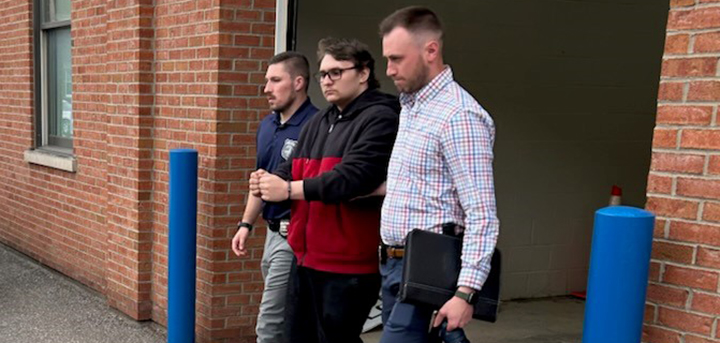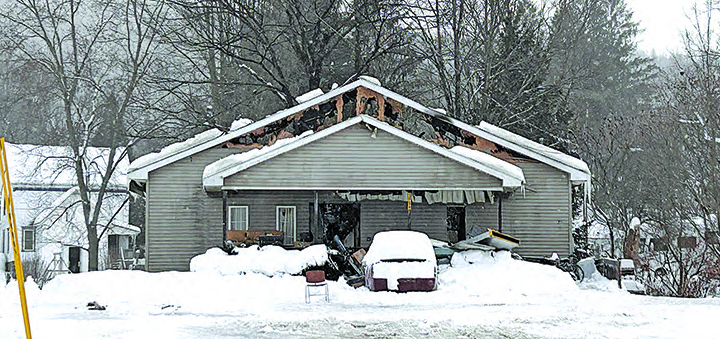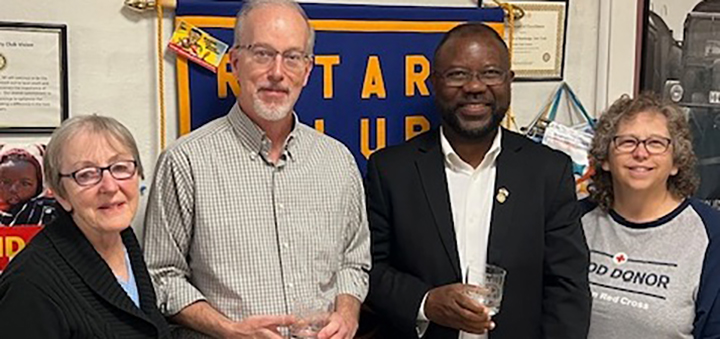Governor’s proposed cuts have local school districts reeling
CHENANGO COUNTY – Chenango County’s school districts could face a reduction of more than $3.3 million in state aid for the current school year if the governor has his way.
The proposed cuts to formula-based school aid are only a portion of the $5.2 billion two-year deficit reduction plan unveiled by New York State Governor David Paterson earlier this week.
“The only way we are going to overcome this unprecedented crisis is through shared sacrifice,” said Paterson in his Nov. 12 announcement.
In addition to school aid, the governor’s plan for mid-year cuts also slashes funding in health care, higher education, the state’s workforce and human services as well as other areas such as economic development and environmental conservation.
According to a statement issued by the governor’s office, the plan would “entirely eliminate the state’s $1.5 billion current-year shortfall, protect against further declines in revenue in a volatile economic climate, and make a substantial down payment on next year’s deficit.”
While local school districts were anticipating the announcement of mid-year aid take backs, news of the full extent of the proposed cuts was still a blow.
Norwich City School District Superintendent Gerard O’Sullivan said he was “absolutely shocked” by the extent of cuts his district could face.
The governor’s proposal could mean a loss of $695,547 in aid, a decrease of 3.3 percent of the total amount they expected to receive for the 2008-09 school year.









Comments